|
All authors draw on a wide range of inspirations when creating their stories, such as real-life experiences, places they have visited, concerns about the world and society, books they have read. For me, visual art has always inspired and influenced my writing. I cannot claim to be an expert in art history, and as much as I enjoy sketching my artistic skills are limited at best, but I find it an endlessly absorbing subject and a way of finding different perspectives on the world. By offering us a safe space to consider and explore feelings and fears we otherwise feel uncomfortable in confronting, art can help us all feel a little less alone in this world.
In this blog series, I am going to focus on four artists who have been particularly important to me and my creative work: Ian Miller, Elisabeth Frink, Paul Nash and Alfred Wallis. In this post, I am going to discuss the work of Paul Nash. Sometimes your appreciation of an artist develops over time – you slowly connect to their style, craft and symbolism. Other artists are like love at first sight: the first glimpse of a painting or sculpture creates an instant connection, an instant meaning. For me, Paul Nash is definitely in the latter category. Whether it’s the raw power of his First World War art, the melancholy of his Dymchurch paintings or the mythical energy of his abstract work inspired by the Avebury Stone Circle, I find his work endlessly fascinating, his symbols resonant and meaningful. I even named my small publishing company after Nash’s series of Monster Field photographs.
One of the most influential British artists of the twentieth century, Paul Nash demonstrated an intense relationship with landscape, never just recording the topography, not just recording what his eyes saw; instead he added deeply personal levels of symbolic meaning, giving the landscapes he portrayed an animated, vital presence.
Born in 1889, Nash’s early work was influenced by the Pre-Raphaelites and William Blake, and produced drawings and paintings of dream-like landscapes, often peopled with mysterious figures. In particular, Nash filled his trees with life, almost giving them personalities of their own: "O Dreaming trees,
As with millions across the world, Nash’s life changed with the outbreak of the First World War. He enlisted in the Artists’ Rifles in September 1914 and was stationed in England until deployed to the Ypres Salient in March 1917. This spell on the Western Front proved short-lived, as Nash suffered a non-combat injury and was invalided home. He returned to Belgium in October 1917 as an official war artist, depicting the shattered landscape.
Not only did war change Nash’s life, it also transformed his art. Perhaps the most famous painting of Nash in this period is We Are Making A New World. This is a painting I had seen reproduced many times but I saw the original for the first time in an exhibition at the Imperial War Museum in London. Few paintings have had such an impact on me – the ravaged, brutalised landscape reflected not only the violence of war but Nash’s own emotional experience of the conflict. Sometimes I see this as a hopeful painting; other times I feel it is filled with despair. Look at the pallid sun peeking through the blood-red tide of clouds – is it striving to bring light and hope to the shattered world below, or is it too frightened to peer at the horror Mankind has inflicted?
After the war, Nash moved to Dymchurch in Kent, where he made a series of stark paintings of the sea and coastal defences. Nash, who had nearly drowned as a child, portrays the sea as menacing and cold – the harsh angles and blade-like waves are as threatening and desolate as No-Man’s Land, the grim memories of war spilling over Nash’s work even in peacetime. To me, the paintings evoke a sense of emptiness, of loss and depression.
The Dymchurch paintings show again Nash’s connection to landscape, and it is this connection that has most influenced me as a writer. For example, when writing my novel This Sacred Isle, Nash’s symbolic landscapes remained at the forefront of my thinking. I wanted to present the landscape of that story as liminal and to show traces of the history it had witnessed, where there exist forces and influences beyond what is normally visible. To quote Nash:
"The landscapes I have in mind are not part of the unseen world in a psychic sense, nor are they part of the Unconscious. They belong to the world that lies, visibly, about us. They are unseen merely because they are not perceived."
Paul Nash had a powerful emotional attachment to places such as Avebury, which he said possessed a quality he called the genius loci.
This sense of places having its own 'character' or 'spirit' was something I tried to create within This Sacred Isle, for example, in the scene Morcar meets the Stag Lord, a scene that plays out in a dreamlike, symbol-laden landscape. A quote from Paul Nash captures the feeling I was trying to achieve: "The divisions we may hold between night and day - waking world and that of dream, reality and the other thing, do not hold. They are penetrable, they are porous, translucent, transparent; in a word they are not there."
Nash’s connection with Avebury inspired me to visit the stone circle, and once there I could understand why it held such a fascination for the artist – combined with the surrounding landscape, encompassing sites such as Silbury Hill and West Kennet, it forms such an evocative place, steeped in history and myth. Avebury is an important location in my next novel, Second Sun, and this is in no small part due to the influence of Paul Nash – for me, and I’m sure many other people, his work will remain an ongoing inspiration.
Part 1 - Ian Miller
Part 2 - Alfred Wallis Part 3 - Elisabeth Frink If you’re interested in my writing, you can get the ebook version of my first novel - The Map of the Known World – for FREE. Please see the following Kindle preview:
3 Comments
All authors draw on a wide range of inspirations when creating their stories, such as real-life experiences, places they have visited, concerns about the world and society, books they have read. For me, visual art has always inspired and influenced my writing. I cannot claim to be an expert in art history, and as much as I enjoy sketching my artistic skills are limited at best, but I find it an endlessly absorbing subject and a way of finding different perspectives on the world. By offering us a safe space to consider and explore feelings and fears we otherwise feel uncomfortable in confronting, art can help us all feel a little less alone in this world.
In this blog series, I am going to focus on four artists who have been particularly important to me and my creative work: Ian Miller, Elisabeth Frink, Paul Nash and Alfred Wallis. In this post, I am going to discuss the work of sculptor Elisabeth Frink. I first encountered the work of Dame Elisabeth Frink (1930-1993) in Bury St Edmunds in my home county of Suffolk. In the grounds of St Edmundsbury Cathedral stands a bronze statue of Edmund, a ninth century king of East Anglia.
After being defeated in battle by the Great Viking army, tradition says Edmund refused his enemies’ demand to renounce Christ and so was beaten, shot through with arrows and beheaded. Legend tells the Vikings threw Edmund’s severed head into the forest, but it was retrieved by those loyal to the king when they followed the cries of a mysterious wolf.
Frink’s statue shows King Edmund as a young man, a cross clasped in his hand. This is not a caricature of a warrior or a king – there is pride in Edmund’s face but a sense of vulnerability, his slender body is fragile. Frink’s Edmund is a king, a saint, a martyr, but still a human being. This combination of history, myth and human frailty seems to be present throughout much of Frink’s art. Born in Suffolk, Elisabeth Frink studied at the Guildford School of Art and was part of a post-war group of British sculptors, known as the Geometry of Fear School. Frink’s sculptures often depict men, birds, dogs and horses. My favourite work by Frink is Bird (1952). A few years ago I was lucky enough to visit the Tate St Ives, and of all the wonderful paintings and sculptures in the gallery, Bird stopped me in my tracks – with its alert, menacing stance and fierce beak, it seem to be an archetype of the hard tooth and claw of nature. Bird seems to channel a sense of ancient elemental forces, almost like a deity, a ferocious god demanding propitiation.
When writing my current novel, Second Sun, I was very taken by Frink’s goggle head sculptures; shaped by Frink’s interest in themes of masculine aggression, their sense of faceless authority very much shaped the look of the Shades, the cold, impersonal police force of my story. The goggle head sculptures avoid eye contact, concealed behind polished headgear – they are dehumanised and offer a threat that cannot be reasoned with.
I’m still learning more about Elisabeth Frink’s art, and I’m sure her work will remain enigmatic, unsettling and continually inspiring.
Part 1 - Ian Miller Part 2 - Alfred Wallis Part 4 - Paul Nash
If you’re interested in my writing, you can get the ebook version of my first novel - The Map of the Known World – for FREE. Please see the following Kindle preview:
All authors draw on a wide range of inspirations when creating their stories, such as real-life experiences, places they have visited, concerns about the world and society, books they have read. For me, visual art has always inspired and influenced my writing. I cannot claim to be an expert in art history, and as much as I enjoy sketching my artistic skills are limited at best, but I find it an endlessly absorbing subject and a way of finding different perspectives on the world. By offering us a safe space to consider and explore feelings and fears we otherwise feel uncomfortable in confronting, art can help us all feel a little less alone in this world.
In this blog series, I am going to focus on four artists who have been particularly important to me and my creative work: Ian Miller, Elisabeth Frink, Paul Nash and Alfred Wallis. In this post, I am going to discuss the work of painter Alfred Wallis. One of the most inspiring and original British artists of the 20th century, Alfred Wallis (1855 - 1942) produced deeply personal art, painting images of ships, boats, Cornish villages and a constantly changing sea. With no formal art training, Wallis took up painting after his wife’s death – with little spare money, he mostly painted on found pieces of cardboard. A former fisherman and marine supplies merchant in Cornwall, Wallis painted from memory, drawing on his sea-faring experiences, capturing a disappearing way of life: “What I do mostly is
His limited palette and distorted perspective give his work a distinctive look. Wallis played with size and scale of objects in his paintings, and although the paint is roughly applied, he often achieved high levels of detail. His untrained, naïve style influenced artists such as Ben Nicholson and Christopher Wood, and while he made little money from his works and died in the Madron poorhouse, his paintings helped pave the way to St Ives becoming an important centre in the development of modern art.
Art is absolutely central to Second Sun, the SF book I am currently writing, especially the concept of ‘Outsider’ or ‘Naive’ Art. I find drama in Wallis’s work; his instinctive compositions give his paintings true vitality. His paintings are direct and active – you can almost taste the briny air, hear the waves booming. Wallis had an emotional, almost mystical connection with the sea, ships and the Cornish coast.
I love the sense of an artist expressing a deeply personal, unorthodox view of the world. The work of Alfred Wallis, and discovering more about his life, unlocked for me the character of ‘The Captain’ in Second Sun, who although is definitely not meant to represent Wallis himself, does share many of the same motivations and obsessions. It is important not to romanticise Alfred Wallis – despite the high regard with which he is now held as an artist he struggled with poverty and, it would appear, mental health difficulties – but he brought something profound and original into the world. I like to think that when he was painting, Wallis was soothed in body and mind as he drew on his memories to sail once more on those broiling seas, and capture the essence of a world otherwise lost. And I like to think of how the paintings created by a quiet, solitary man from a little Cornish fishing town reached out and influenced countless others across the art world and beyond.
If you’re interested in my writing, you can get the ebook version of my first novel - The Map of the Known World – for FREE. Please see the following Kindle preview:
All authors draw upon a wide range of inspirations when creating their stories, such as real-life experiences, places they have visited, concerns about the world and society, books they have read. For me, visual art has always inspired and influenced my writing. I cannot claim to be an expert in art history, and as much as I enjoy sketching, my artistic skills are limited at best, but I find it an endlessly absorbing subject and a way of finding different perspectives on the world. By offering us a safe space to consider and explore feelings and fears we otherwise feel uncomfortable in confronting, art can help us all feel a little less alone in this world.
In this blog series, I am going to focus on four artists who have been particularly important to me and my creative work: Ian Miller, Elisabeth Frink, Paul Nash and Alfred Wallis. In this post, I am going to discuss the work of British fantasy artist Ian Miller. Since childhood I have loved the books of J.R.R. Tolkien, and my first encounter with the artwork of Ian Miller was in the book A Tolkien Bestiary; many beautiful and atmospheric images filled the pages of this book, but for me Miller’s illustrations stood out.
Whenever we read a novel we have our internal interpretations of the story, the setting and the characters, and I found in Miller’s images the darkness and intensity I’d always enjoyed in Tolkien’s books. For example, his portrayal of Helm’s Deep conveyed the terrifying scale of the battle, especially the monstrous, remorseless power of Saruman’s army – the whole image is so alive, I felt as though I could hear the battle, the clashing of steel, the drums, the screams. As with all Miller’s work, it boasts incredible detail, bursting with energy, two of the malevolent characters almost staring at, challenging, the viewer. When writing my epic fantasy Tree of Life trilogy, I wrote several battle scenes and I always keep this image of Helm’s Deep in my mind when doing so.
Born in 1946 and educated at St Martin’s School of Art, Ian Miller became one of Britain’s foremost fantasy illustrators. Known for his distinctive Gothic style, Miller’s work is immediately recognisable, and although profoundly original, I detect hints of Hieronymus Bosch, Pieter Bruegel the Elder and Albrecht Dürer in his work. Miller has worked on many book covers, including editions of H.P. Lovecraft’s stories and the Fighting Fantasy gamebooks. He contributed to Ralph Bakshi’s animated films, most notably the memorable post-apocalyptic science fantasy Wizards, where his macabre, richly detailed backgrounds added real atmosphere and a sense of depth.
Miller also produced memorable illustrations inspired by Mervyn Peake’s classic series of Gormenghast books. Central to the story is the monstrous edifice of Gormenghast itself, whose ancient towers and mighty walls provide the ideal setting for the ritual-ridden people living there. Many of the characters inhabit the dank, damp corridors and rooms like ghosts, and the castle seems to be rotting and sinking. Through his dark, almost surreal style, Miller captures the slow decay of Gormenghast, hinting at the rising madness of the society within.
Miller once said:
“Rust, falling facades, tottering buttresses, and an overriding sense of impermanence, these are the things which fascinate me the most.” These objects of fascination coalesce in Miller’s Gormenghast illustrations, creating frightening but compelling visions that truly complement Peake’s Gothic masterpiece. The bold, often grotesque and nightmarish visions of Ian Miller lurk always somewhere in my imagination; whenever I write scenes set in forests full of gnarled trees or in crumbling buildings and edifices, I know they are in part inspired by Miller’s work. If you are interested in finding out more about Ian Miller, there is a collection of his artwork in the book ‘The Art of Ian Miller’, which showcases the sheer scale and depth of his creativity.
If you’re interested in my writing, you can get the ebook version of my first novel - The Map of the Known World – for FREE. Please see the following Kindle preview:
|
Archives
October 2023
Categories
All
|
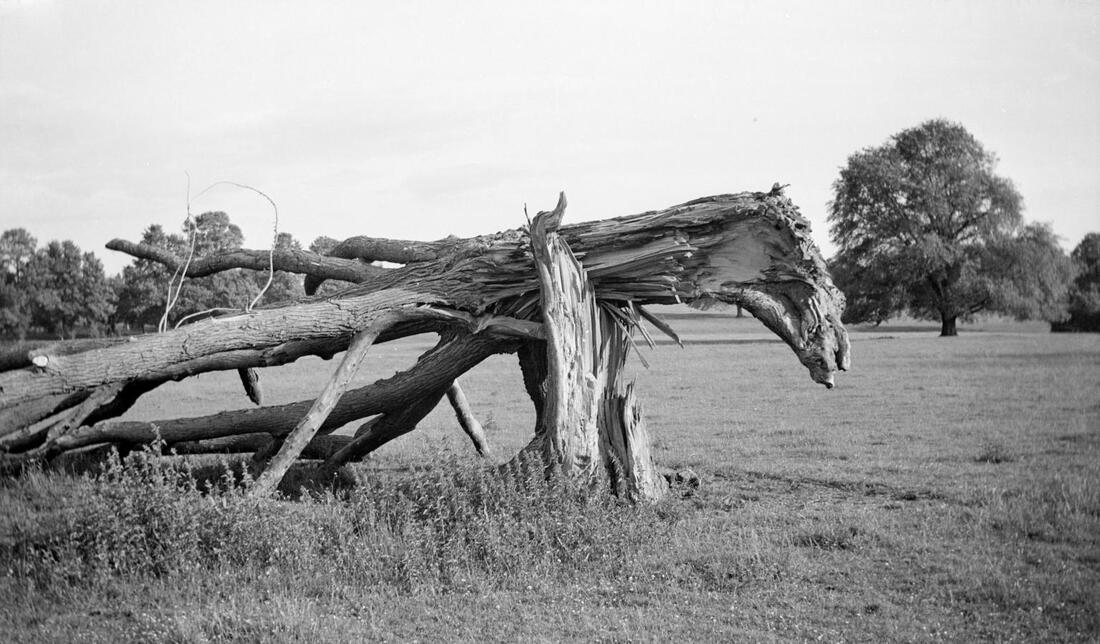
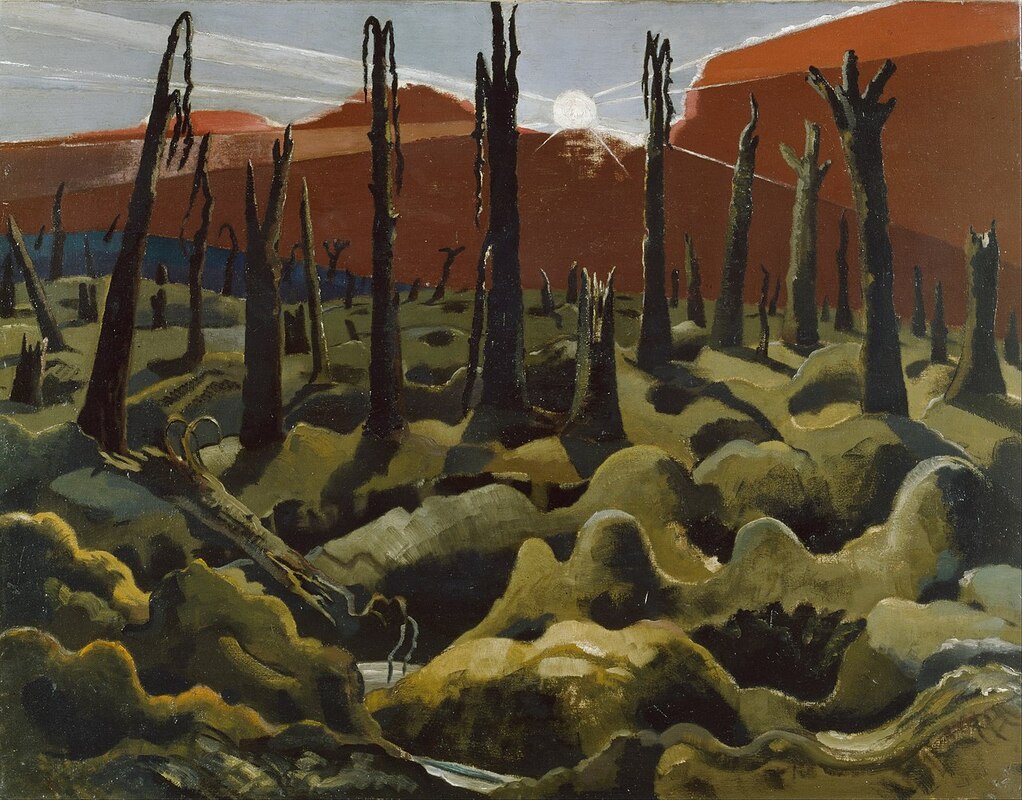
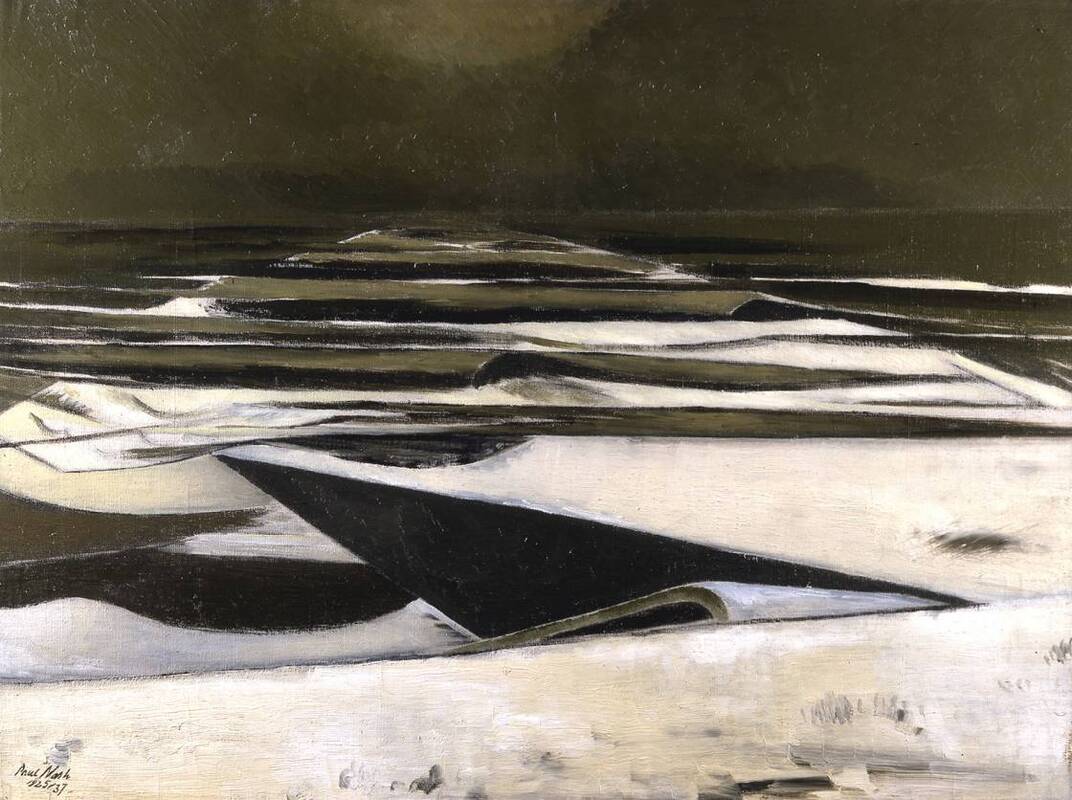

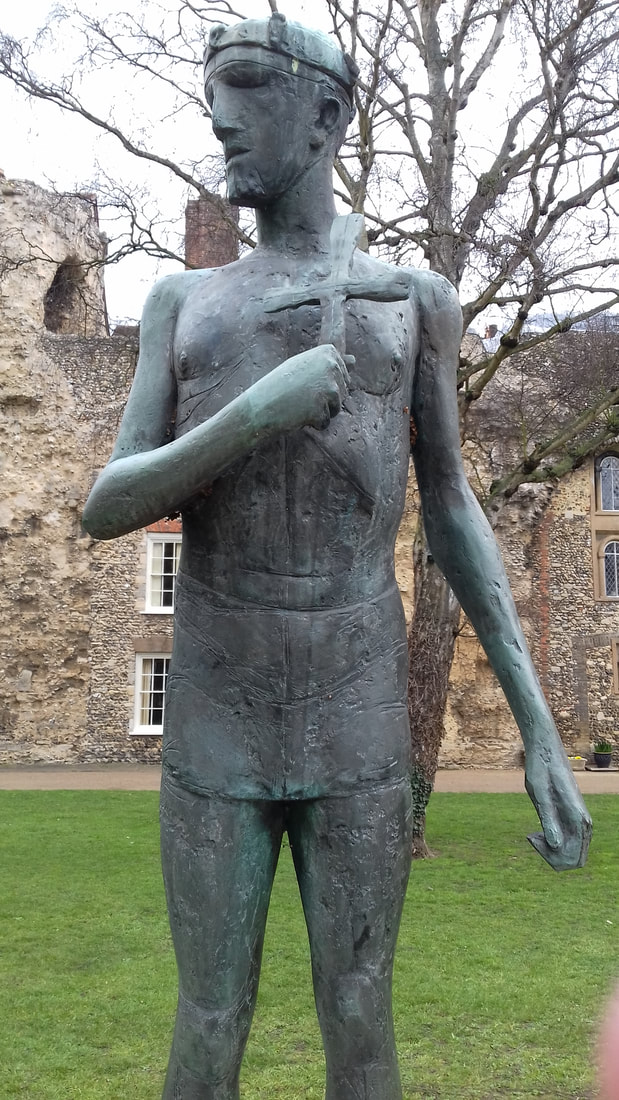

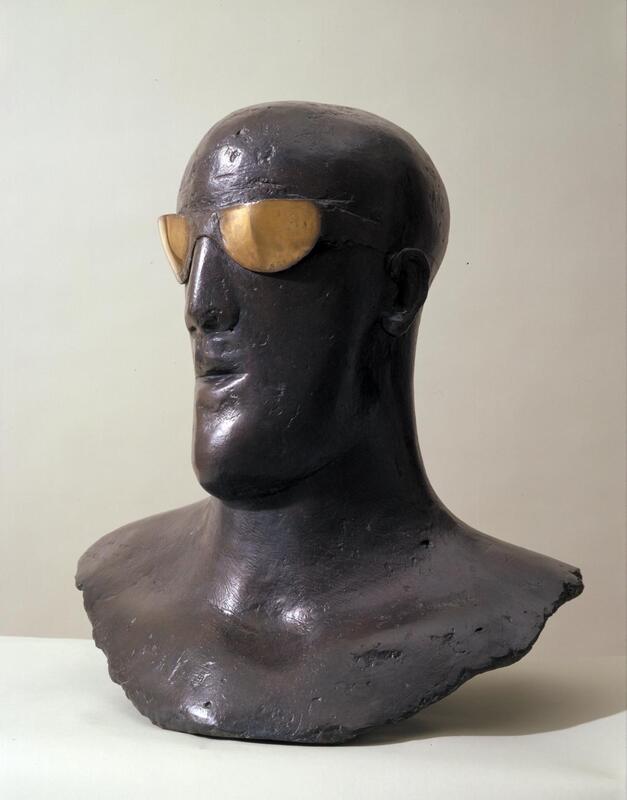

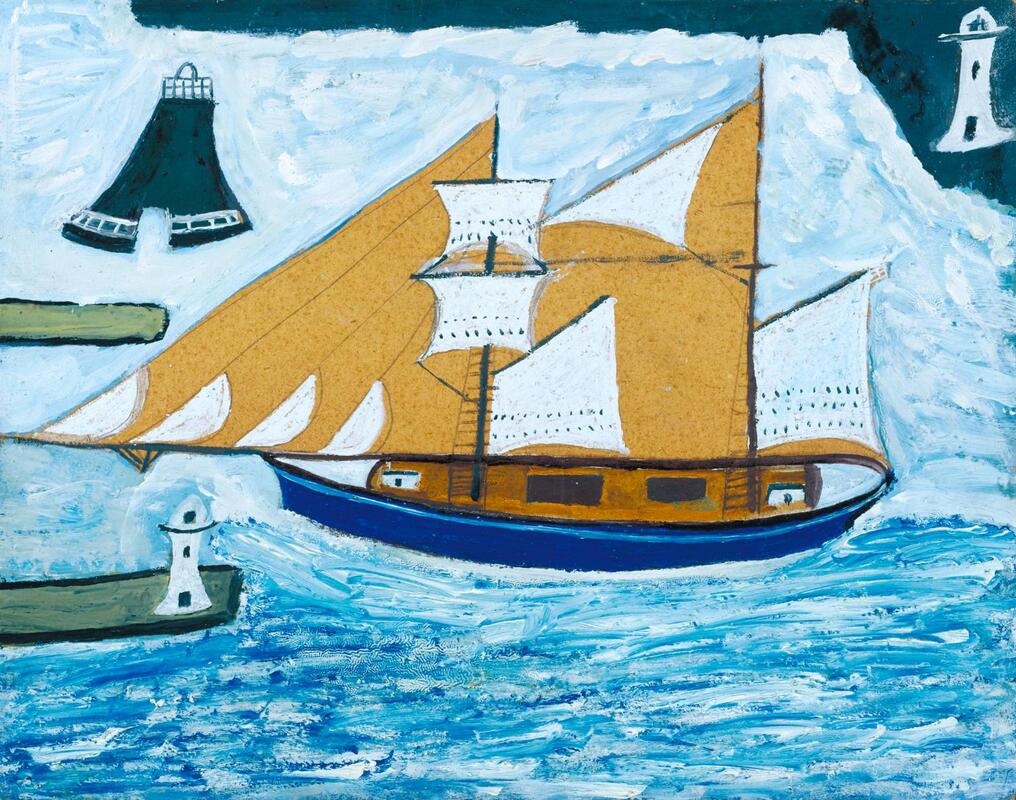




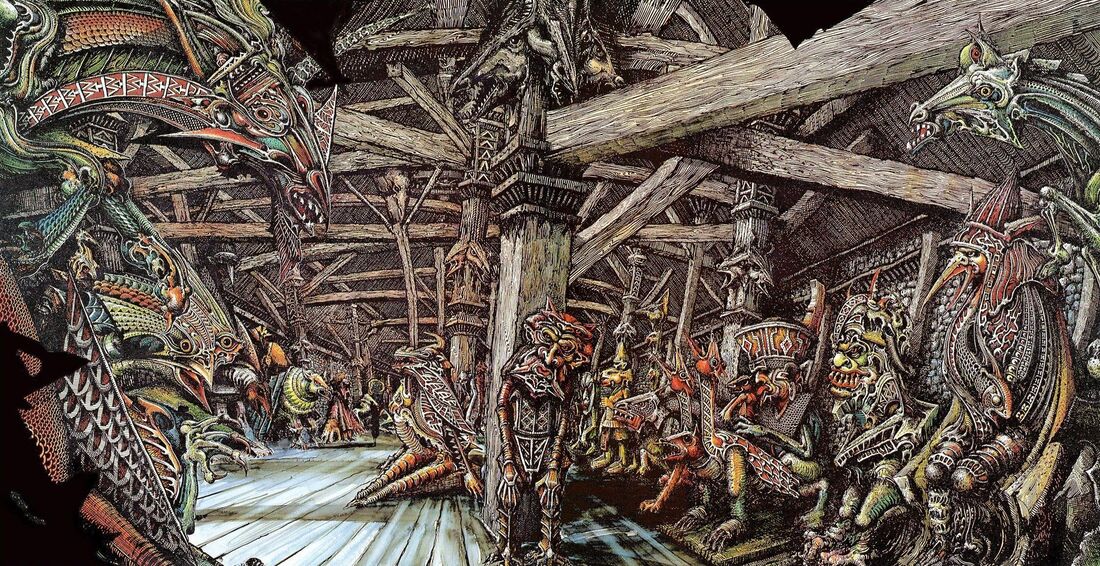

 RSS Feed
RSS Feed